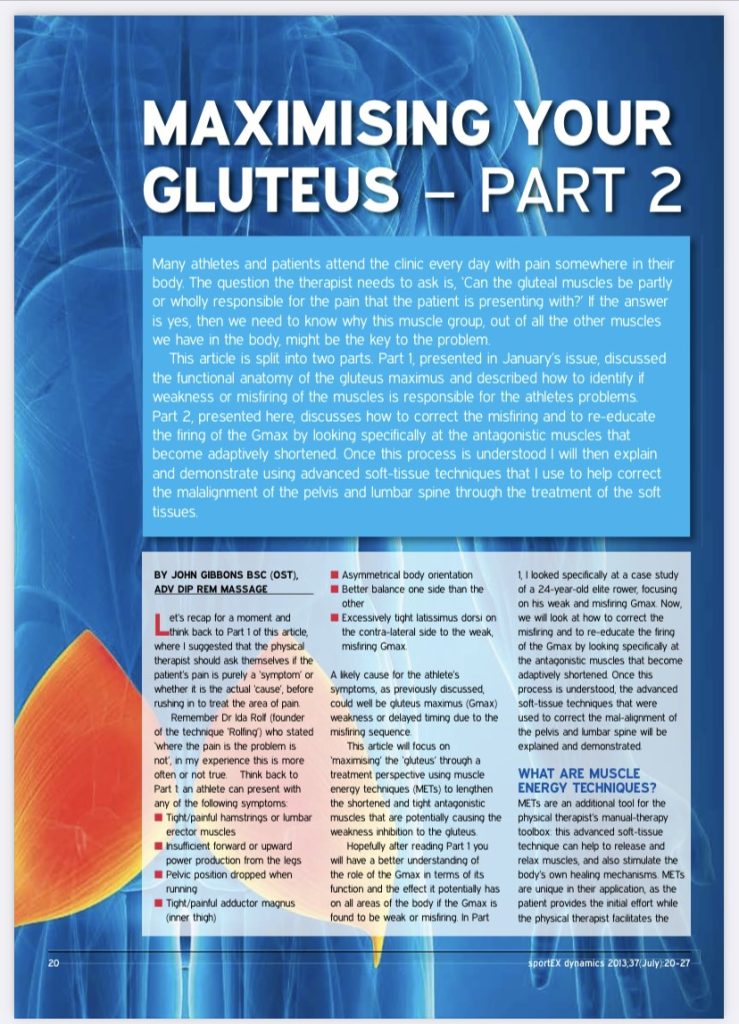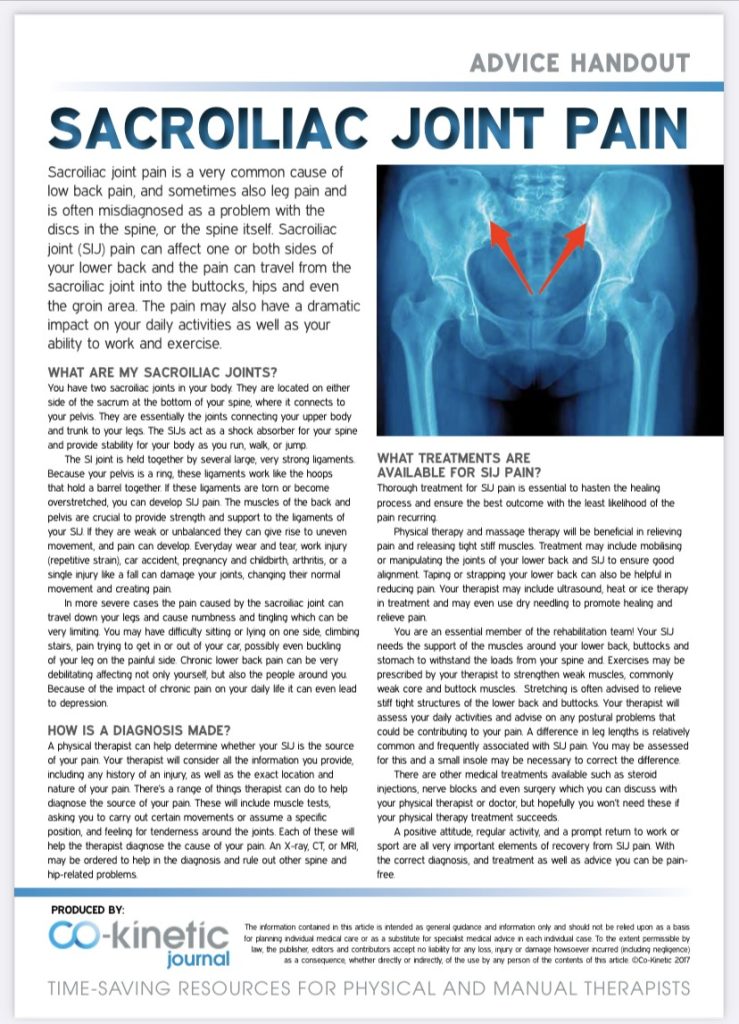Self Massage for Glute Max, Glute Medius & Piriformis
This self massage exercise can be used in conjunction with other stretches to help loosen tight muscle fibres in your glutes and piriformis.
Make sure you are sitting on a firm surface so that pressure from the tennis ball is transferred into your muscle tissue. Balance using your forearms and opposite foot, and gently apply pressure through the glute into the ball.
You may find that flexing your knee and hip during the exercise will help to floss the muscle fibres over the top of the ball. This helps to remove fascial adhesions, increase bloodflow, lengthen muscle fibres and reduce tension & pain in the area. Use this technique in combination with standard Gluteal Stretches.
If you’ve had a heavy session in the gym or have been on a long run, then this self-massage technique will help reduce tension in tight glute muscles.
Try these gluteal self-massage exercises and gluteal stretches to help loosen up the area and allow freedom of movement in the hip as well as reducing tension in the lower back.
Tennis Ball Glute Stretch Against A Wall
Using a tennis ball to massage the gluteal muscles is a great way to break down adhesions, elongate fibres, increase blood flow and improve muscle health. Standing up against a wall just place the tennis ball between your glute and the wall. Start off by standing closer to the wall as this will reduce the amount of pressure you apply. Over time you can move your outside foot further away to increase pressure. When the ball is in place gently bring your knee up by flexing at the hip.
Technique
You may want to hold the ball in place with your hand so that it doesn’t fall on the floor. Move the ball around the hip to work different areas of the gluteal muscles. If you want to massage the glute medius then turn almost side-on to the wall rather than having your back to the wall. You can bend and flex your knees to move yourself over the ball and massage the muscle tissue against the pressure. By standing, you can control the pressure you apply into the ball much better than if you were on the ground.
Benefits of Gluteal Stretches
This exercise can help to alleviate tension in the gluteal muscles which can have a positive influence in reducing low back pain. You should feel a moderate amount of discomfort but stop if you feel any sharp pains. Consult your doctor if you are experiencing significant pain and discomfort or before attempting any stretching or exercise that you are unsure of.





